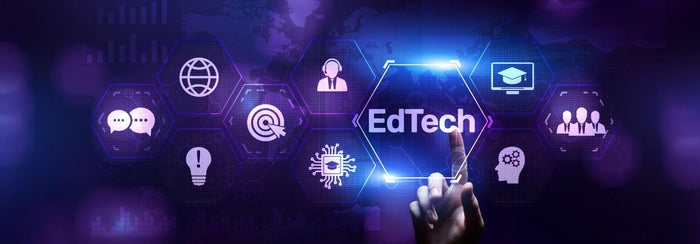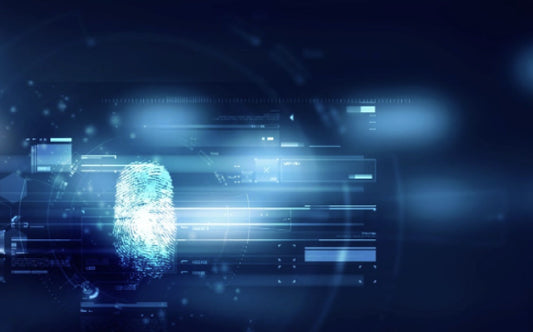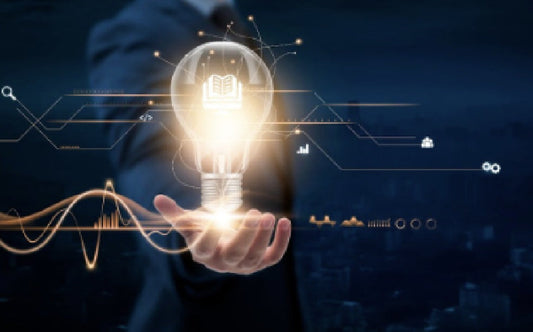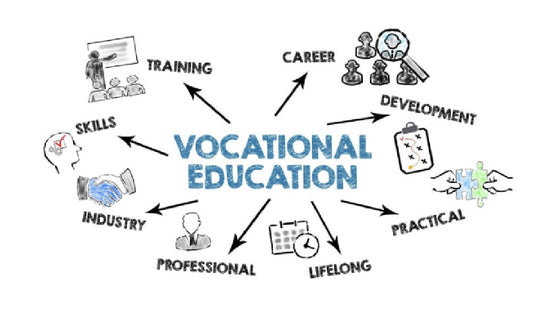Technology has revolutionised the way that RTOs operate in recent years, with many organisations embracing digital tools and platforms to improve their administrative processes. The role of technology in RTOs extends far beyond simply digitising paper-based processes. Instead, technology has the power to automate administrative tasks, streamline workflows, and provide valuable insights into student performance and outcomes. In this article, we will explore the role of various technologies in improving administrative processes at RTOs.
Learning Management Systems (LMS)
Learning Management Systems (LMS) are an essential tool for RTOs, providing a central platform for managing training materials, assessments, and student progress. LMS can be used to automate administrative processes such as enrolment, tracking attendance, and recording student results. By using an LMS, RTOs can streamline their administrative processes and free up staff time for more important tasks.
Electronic Student Management Systems (SMS)
Electronic Student Management Systems (SMS) are another popular option for RTOs looking to automate their administrative processes. SMS can be used to manage student data, including enrolment, attendance, and assessment results. SMS can also be used to automate processes such as scheduling assessments, managing student records, and generating reports. By using an SMS, RTOs can reduce the administrative burden on staff and improve the accuracy and efficiency of their processes.
Automated Assessment Tools
Automated assessment tools are another technology that RTOs can use to automate their administrative processes. These tools can be used to automatically grade assessments and provide feedback to students. Automated assessment tools can also be used to monitor student progress and provide personalised feedback to students. By using automated assessment tools, RTOs can reduce the time and resources required for manual grading and improve the consistency and accuracy of their assessments.
Chatbots
Chatbots are an emerging technology that RTOs can use to automate their administrative processes. Chatbots can be used to provide automated responses to student queries, such as providing information on enrolment procedures, course schedules, and assessment deadlines. By using chatbots, RTOs can reduce the time and resources required for responding to student queries and improve the overall student experience.
Artificial Intelligence (AI)
Artificial Intelligence (AI) is another technology that RTOs can use to automate their administrative processes. AI can be used to automate processes such as data entry, scheduling, and reporting. AI can also be used to analyse student data and provide insights into student performance and trends. By using AI, RTOs can improve the efficiency and accuracy of their administrative processes and free up staff time for more important tasks.
Virtual and Augmented Reality (VR/AR)
Virtual and Augmented Reality (VR/AR) technologies have the potential to transform the way that RTOs deliver training and assessments. VR/AR can be used to create immersive learning experiences that allow students to practice skills in a safe, controlled environment. For example, students can use VR/AR to practice operating machinery or perform simulations that simulate real-world scenarios. This technology can help to improve student engagement, retention, and outcomes.
Cloud Computing
Cloud computing is an essential technology for RTOs, allowing them to store and access data and applications on remote servers instead of on-premise servers. Cloud computing can help to improve the efficiency of administrative processes by providing secure and scalable access to data and applications. Additionally, cloud computing can help to reduce costs by eliminating the need for on-premise hardware and infrastructure.
Mobile Apps
Mobile apps can help RTOs to deliver training and assessment content to students on their mobile devices. This technology can provide students with more flexibility in how they learn and engage with course materials. Additionally, mobile apps can help RTOs to automate administrative tasks, such as enrolment and attendance tracking.
Blockchain Technology
Blockchain technology has the potential to improve the security and transparency of administrative processes at RTOs. Blockchain can be used to create secure and tamper-proof records of student achievements and qualifications, making it easier for employers to verify credentials. Additionally, blockchain can help to streamline administrative processes, such as verifying student identities and processing payments.
Data Analytics
Data analytics can be used to gain valuable insights into student performance and outcomes. By analysing data on student progress, RTOs can identify areas where students are struggling and provide targeted support to improve outcomes. Additionally, data analytics can be used to optimise administrative processes, such as scheduling assessments and managing student records.
Internet of Things (IoT)
The Internet of Things (IoT) can be used to automate routine tasks at RTOs. For example, IoT sensors can be used to automatically track attendance, monitor student progress, and optimise resource allocation. Additionally, IoT can be used to improve safety and security at RTOs by providing real-time alerts on potential hazards and unauthorised access.
Robotic Process Automation (RPA)
Robotic Process Automation (RPA) can be used to automate routine administrative tasks, such as data entry and document processing. RPA can help to reduce the administrative burden on staff and free up time for more critical tasks.
Natural Language Processing (NLP)
Natural Language Processing (NLP) can be used to automate tasks that require natural language interactions, such as responding to student queries or grading assessments. NLP can help to improve the efficiency of administrative processes and provide a better overall student experience.
Machine Learning
Machine learning can be used to analyse data on student performance and outcomes to identify patterns and trends. By using machine learning, RTOs can gain valuable insights into student needs and provide targeted support to improve outcomes.
Digital Twin Technology
Digital Twin technology can be used to create digital replicas of physical assets, such as machinery or equipment. This technology can help RTOs to optimise maintenance schedules and improve the efficiency of resource allocation.
3D Printing
3D printing can be used to create prototypes or models of physical objects. This technology can help RTOs to create hands-on learning experiences for students, allowing them to interact with tangible representations of complex concepts or equipment. For example, RTOs can use 3D printing to create models of machinery or equipment, allowing students to learn how they work and how to operate them safely. Additionally, 3D printing can be used to create customised learning aids, such as models of anatomical structures or geological formations, to enhance the learning experience. 3D printing can also help RTOs to reduce costs by enabling the production of parts or components on-site, rather than relying on external suppliers. Overall, 3D printing can help RTOs to create engaging, interactive, and cost-effective learning experiences for their students.
Quantum Computing
Quantum computing is a cutting-edge technology that has the potential to revolutionise the way that RTOs operate. Quantum computers can perform complex calculations at incredible speeds, making it possible to analyse vast amounts of data quickly and efficiently. This technology can help RTOs to improve administrative processes, such as scheduling assessments, tracking student progress, and managing student records. Additionally, quantum computing can help to optimise resource allocation and improve student outcomes by providing real-time insights into student performance.
Cybersecurity Measures
Cybersecurity measures are essential for protecting the sensitive data and information that RTOs collect and store. Cybersecurity measures can include firewalls, encryption, antivirus software, and intrusion detection systems. These measures can help to prevent unauthorised access to student records and protect against cyber threats, such as malware, phishing attacks, and ransomware. Additionally, cybersecurity measures can help to improve the overall trust and reputation of RTOs by demonstrating a commitment to protecting student privacy and data.
Social Media
Social media platforms can be used to improve communication and engagement with students and stakeholders. Social media can be used to provide updates on course offerings, share news and events, and facilitate discussions and feedback. Additionally, social media can be used to promote the brand and reputation of RTOs by showcasing success stories and student achievements.
Biometric Authentication
Biometric authentication can be used to verify the identity of students and staff, improving the security and integrity of administrative processes. Biometric authentication can include technologies such as fingerprint recognition, facial recognition, or iris scanning. By using biometric authentication, RTOs can prevent unauthorised access to student records and ensure the integrity of assessment processes.
A final word
Automation is becoming an increasingly popular option for RTOs in Australia, as it can help to save time and reduce the administrative burden on staff. There are several technologies available that RTOs can use to automate their administrative processes, including learning management systems, electronic student management systems, automated assessment tools, chatbots, and artificial intelligence. By embracing these technologies, RTOs can improve the efficiency and accuracy of their administrative processes, free up staff time for more important tasks, and provide a better overall student experience.


































